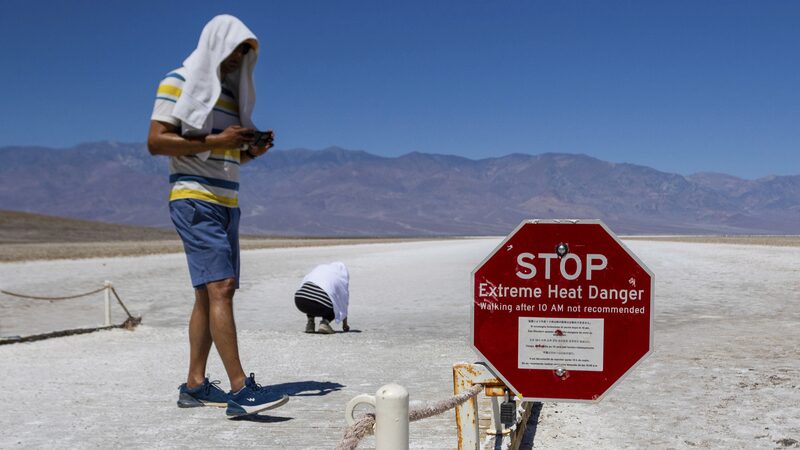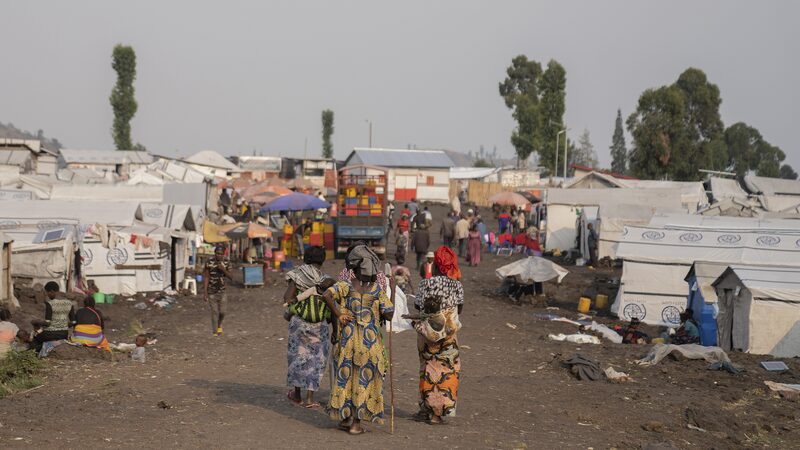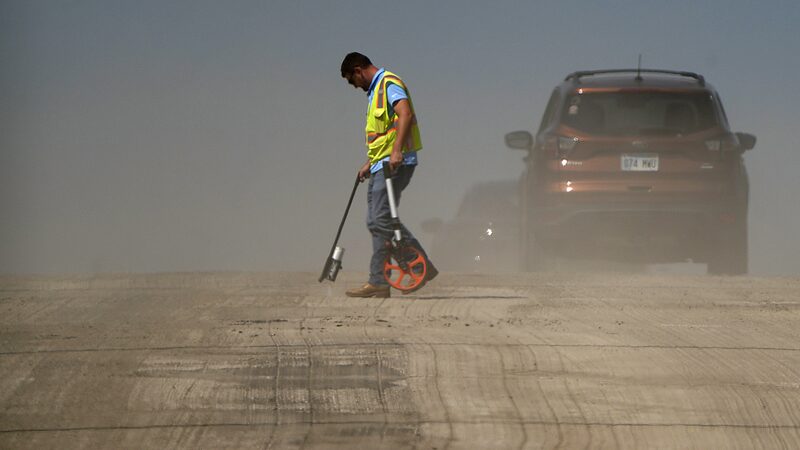The U.S. National Weather Service (NWS), in collaboration with the Centers for Disease Control and Prevention (CDC), has introduced a new online heat risk system designed to improve public awareness and safety amid rising global temperatures. The tool, unveiled on Earth Day, offers a seven-day forecast that is simplified and color-coded, aiming to help communities better prepare for extreme heat events.
Dr. Ari Bernstein, director of the National Center for Environmental Health, highlighted the significance of the tool: “For the first time, we’ll be able to know how hot is too hot for health—not just for today but for the coming weeks.” This proactive approach allows individuals and authorities to take necessary precautions ahead of heat waves.
The system categorizes heat risk levels using five colors, with magenta representing the most dangerous conditions. Magenta indicates “rare and/or long-duration extreme heat with little to no overnight relief,” posing severe risks to the entire population. It’s a step above red, which signals major risks, particularly for those without adequate cooling and hydration.
At the lower end of the scale, pale green signifies little to no risk, while yellow denotes minor risk affecting vulnerable groups such as the very young, elderly, and pregnant individuals. Orange represents moderate risk, primarily impacting those sensitive to heat or lacking access to cooling, including the homeless population.
National Weather Service Director Ken Graham explained that the thresholds for each category are based on localized data. “The thresholds were calculated using local weather data, local climatology that shows what people are used to at certain locations at each time of year, and localized health and medical data for when heat illnesses and deaths show up in the area,” he said.
Heat-related illnesses are a growing concern globally, including in Asia, where heat waves are becoming more frequent and intense due to climate change. Dr. Mandy Cohen, CDC Director, emphasized the health implications: “Heat is a threat to our health.” She noted that last year, over 120,000 people in the United States were taken to emergency rooms due to heat-related issues.
Heat is the leading cause of weather-related deaths in the U.S., surpassing other natural disasters. Rick Spinrad, chief of the U.S. National Oceanic and Atmospheric Administration, cited CDC data indicating an average of 1,200 deaths per year due to heat.
The introduction of the new heat risk tool reflects a broader global effort to address the challenges posed by extreme temperatures. In many Asian countries, where high temperatures and humidity are common, similar systems could enhance public health responses and minimize the impacts of heat waves on communities.
“Heat waves are getting hotter, longer, more frequent, and you’re getting less relief at night,” Graham warned, citing numerous studies from the past decade. The NWS’s seasonal forecast predicts above-average temperatures for much of the United States in the coming months, a trend that parallels temperature expectations in parts of Asia.
Health officials advocate for proactive measures to mitigate heat-related risks. “Even as heat gets worse with climate change, society can try to reduce deaths by better warnings and better planning,” said Dr. Bernstein. He encouraged doctors to discuss heat precautions with vulnerable patients before the summer begins.
The new tool aims to simplify complex meteorological data into an accessible format for the public. “You’ve got to be able to simplify the stuff so that people actually want to look at it and, most importantly, understand it,” Graham said.
As the world grapples with the realities of climate change, innovations like the NWS’s heat risk tool are crucial in enhancing preparedness and safeguarding health. The hope is that similar initiatives will be adopted globally, including in Asia, to help communities adapt to the changing climate.
Reference(s):
New U.S. heat risk tool sets magenta as most dangerous level
cgtn.com








